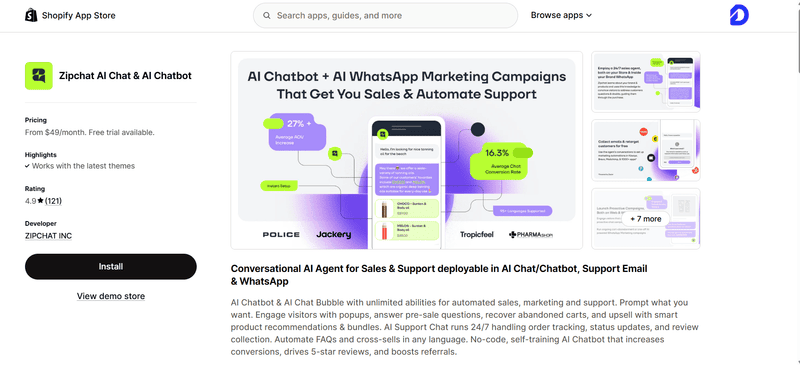
One thing is always the same in the dynamic world of business: change. Technological advancements, shifting consumer preferences, and shifting markets all have an impact on how firms run and expand. Quick adaptation is not only advantageous in such a dynamic workplace, but it is a must.
Contents
This is particularly valid for methods aimed at acquiring customers. Businesses that want to succeed must adopt an agile client acquisition strategy. This essay delves into the idea of flexibility in the client acquisition process and presents tactics that every company, no matter its size or sector, can use to maintain an advantage in the cutthroat competition.
Understanding the Need for Agility

Traditional approaches to customer acquisition often follow a linear, predetermined path. However, in today's volatile markets, such rigid methods can lead to missed opportunities and increased costs. Agility, in the context of customer acquisition, refers to a business's ability to respond promptly and effectively to changing market dynamics and customer behaviors. It involves being open to experimentation, analyzing data in real time, and adjusting strategies based on the insights gained.
Harnessing the Power of Data

Data is the cornerstone of agile customer acquisition. Businesses can no longer afford to make decisions based on assumptions or outdated market research. Instead, they must leverage advanced analytics and customer insights to understand shifting trends and preferences. By collecting and analyzing data from various touchpoints, businesses can identify patterns, anticipate customer needs, and tailor their acquisition strategies accordingly.
For instance, an e-commerce store can analyze website traffic data to determine which products are gaining traction and optimize marketing efforts around those products. Similarly, a service-based business can monitor customer feedback and use sentiment analysis tools to gauge customer satisfaction levels and make necessary improvements.
Embracing Multichannel Marketing

Consumers engage with businesses via a variety of channels in the current digital era, including social media, email, search engines, and more. Agile customer acquisition strategies involve creating a seamless experience across these channels. A product may be found on social media, researched on a business website, and purchased through a mobile app by a prospective client. Businesses need to ensure that their marketing messages are consistent, regardless of the channel through which they are conveyed.
Moreover, businesses should stay updated on emerging platforms and technologies. For instance, the rise of voice search has transformed how people find information online. Optimizing content for voice search can give businesses a competitive edge in acquiring customers who prefer this mode of interaction.
Investing in Customer Relationship Management (CRM) Systems
CRM systems are invaluable tools for businesses aiming to adapt their customer acquisition strategies. These systems allow businesses to centralize customer data, track interactions, and personalize communication. By understanding the customer's journey and preferences, businesses can create targeted marketing campaigns that resonate with individual customers.
For example, a CRM system can help identify high-value customers and tailor special offers or loyalty programs to retain their business. It can also automate follow-up emails to potential leads, ensuring that no opportunity is missed. In essence, CRM systems empower businesses to nurture relationships, convert leads into customers, and retain their loyalty over time.
Cultivating a Culture of Innovation

Agility in customer acquisition is not just about implementing the latest technologies; it's also about fostering a culture of innovation within the organization. Encouraging employees to brainstorm ideas, experiment with new approaches, and learn from failures can lead to breakthroughs in customer acquisition strategies.
Businesses can organize regular innovation workshops, where cross-functional teams collaborate to solve customer acquisition challenges. Recognizing and rewarding innovative thinking can further motivate employees to contribute their creative ideas. In this way, businesses can stay ahead of the curve by adopting fresh, inventive approaches to acquiring customers.
How Dyrect Helps Businesses Save Money on Customer Acquisition
By cutting costs, Dyrect revolutionizes customer acquisition in the digital marketplace. It saves a lot of money by putting companies and consumers directly in contact.
Traditionally reliant on thin-margin third-party channels, Dyrect empowers businesses with vital first-party data. This data, including names, emails, and phone numbers, enables direct, cost-effective customer engagement.
Dyrect's 1-click product registration simplifies onboarding. When customers scan a QR code, essential data is captured effortlessly. Personalized marketing becomes seamless, reducing acquisition costs and enhancing campaign efficiency.
Additionally, Dyrect excels in multichannel engagement. Through tailored experiences and integrations, businesses can offer discounts and collect feedback directly. This fosters loyalty, encouraging repeat purchases and referrals and reducing overall acquisition expenses.
In the high-cost landscape of customer acquisition, Dyrect stands as an essential, efficient solution, fostering direct connections, lowering expenses, and cultivating lasting customer relationships.


